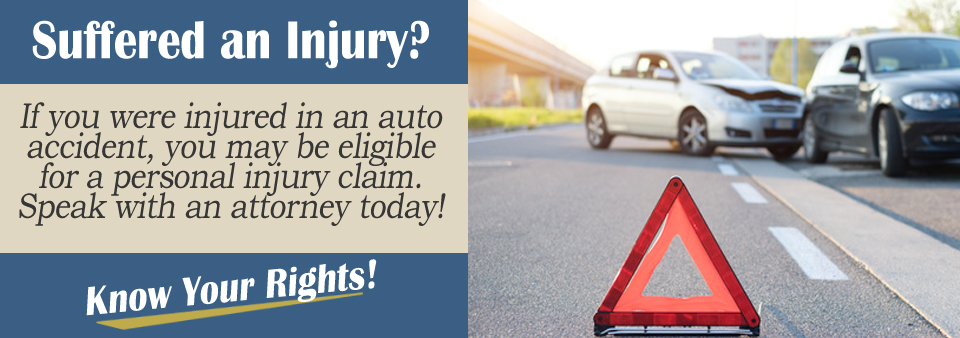When it comes to merging, you need to obey the traffic laws. First, on roads where there are marked lanes and your lane ends, vehicles in the lane where you are moving into have the right of way and you must give way to them.
This means the through traffic does not have to move over or make way for you. Instead, you need to make your own way and move over when it is safe to do so. You will need to wait to find a safe opening in traffic and merge when you find that opening.
Don’t try to merge when other vehicles are too close to allow you to do so, or if traffic is traveling too fast. You might have to come to a complete stop and wait until you can safely merge. Merging traffic must yield, so it is your responsibility when merging to determine when it is safe to make the lane change. You must also signal and check your blind spot before switching lanes.
Adjusting Speed to Avoid a Collision
When you are approaching an area to merge, some states require that both vehicles adjust their speed to avoid a crash. As an example, in Illinois if a vehicle is merging at a highway on-ramp, both vehicles are required to adjust their speed to allow merging and avoid a crash. But in all other situations, the merging vehicle that has a lane that is ending must yield right of way.

When you are merging, you will need to adjust your speed and accurately judge the space between vehicles as well as their speed. Speeding up to keep a car from merging is not allowed either and could be considered negligence and place part of the blame for the crash on that driver.
What to Do After a Merging Crash
If you have been involved in a merging crash, you need to see if anyone is seriously injured and needs an ambulance. If an ambulance is needed, call for one.
Always call the police because an accident report must be completed. Use your smartphone to take photos of the accident scene and damages. Be sure to give a statement to the police officer for inclusion in the accident report. Exchange contact details and insurance information with the other driver, since you might need this later. Get the contact details for any eyewitnesses and make sure they give statements to the police officer who is handling the report.
Seek medical care as soon as possible and keep copies of all medical records and medical bills. Get written estimates for repairing your vehicle.
Consult With a Personal Injury Lawyer
If you have been involved in a merging accident, you should consult with a personal injury lawyer. These are complicated claims, so you will need a lawyer aggressively pursuing your case. A personal injury lawyer works on a contingency basis, so you have nothing to lose. Complete the Free Case Evaluation Form today, so you can get your claim on the right track.